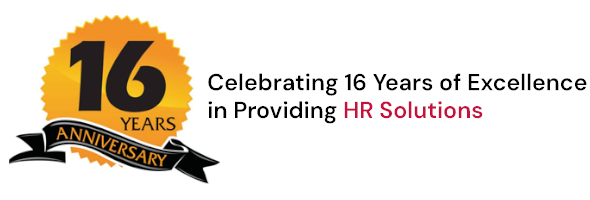
Spring has arrived for us all, and it is a thoughtful time in view of the pandemic and our limited ability to be with one another as we have been in the past. And every Spring, we often find ourselves reflecting and pausing to look at the flowers, trees, blooms, and colors that come with a new season of growth.
With all that we have seen in the past year, this Spring also encourages us to think about how we, as people, can grow and support each another. Being aware and mindful of human diversity and how our similarities and differences can create a whole that is larger than the sum of the parts is truly powerful.
In the world of work, we pay great attention to individual differences, especially in terms of how we select employees and how we determine both job and organizational “fit.” We use a variety of tools to capture and attempt to quantify those individual differences and levels of “fit.” We interview candidates, we subject them to pre-employment skill and behavioral or personality assessments, portfolio reviews, mock presentations, and role plays – you name what you want to assess and there is probably the right tool out there to make it happen. So, we have a lot of data on our people as individuals. Yet, it is rare that our employees work in isolation from their colleagues. A lot of the work that we do nowadays is team-based – be it a project, a product or a special initiative pursued by our company.
Dynamics between two team-mates are complicated; dynamics among multiple team-mates are infinitely more complex. We often forget that equally important with assessing the individual, is assessing how dynamics will be impacted by adding that individual to the work team. The reality is that a lot of the “magic” in company performance happens because of amazing teamwork.
Considering how the new team member will impact the work team has significant implications for company performance. Let’s take for example a workgroup of homogeneous members who are great collaborators and who value harmony and consensus over anything else. What would happen if you added one more team member whose natural preference is to collaborate and seek to build consensus? You would probably increase the likelihood everyone would follow down the ‘same road’ and be subject to ‘groupthink’. This often occurs within homogeneous teams who share the same perspectives, especially in the presence of a strong, persuasive leader.
Often, what we have learned is that this can short-circuit your team’s sound decision-making and problem-solving ability because of the team’s overarching desire for group cohesion. And if you think the impact of groupthink is not a big deal, think of the Challenger Space Shuttle, the banking industry collapse of 2008, and the decline of the American auto industry!
What would the possibilities be, if you added one or more team members who had different perspectives and were not afraid to speak their minds, even if this went against the shared group perspective?
Through our work with the Predictive Index, we have found that in cases where you have collaborative and cohesive groups, if you introduce team members who are more autonomous, assertive, self-confident and independent in charting their own course, you reduce the likelihood of ‘groupthink’ and drive innovation, flexibility, and increased performance. By adding at least one person to the team who is comfortable saying “Well, I don’t agree with all this even though everybody’s against me. I’m willing to stand my ground and defend my idea,” you offer the team a “balancer” who can critique current team thinking and assumptions, present alternative solutions, and challenge the status quo.
It is time for us to readdress our standing hiring practices in terms of assessing individuals relative to the job in question and the company’s values. While these elements are still very important, it is also critical to consider how the individual will fit with the work team and contribute to team capability and growth. We have tried and true tools to do the individual assessment; where we tend to struggle more is having a framework for assessing both the individual and the team on common scales and dimensions.
Having a system and a framework to quickly and effectively explore how a new hire may impact the ‘DNA’ of the work team allows us to intentionally and purposefully design our teams’ DNA to help them deliver their best work.
For our clients, The Predictive Index™ Talent Optimization platform provides precisely that common language and system within which they can use their people data to hire and inspire their employees, understand team member impact on team dynamics and intentionally design high performing teams that are aligned to the business objectives.












